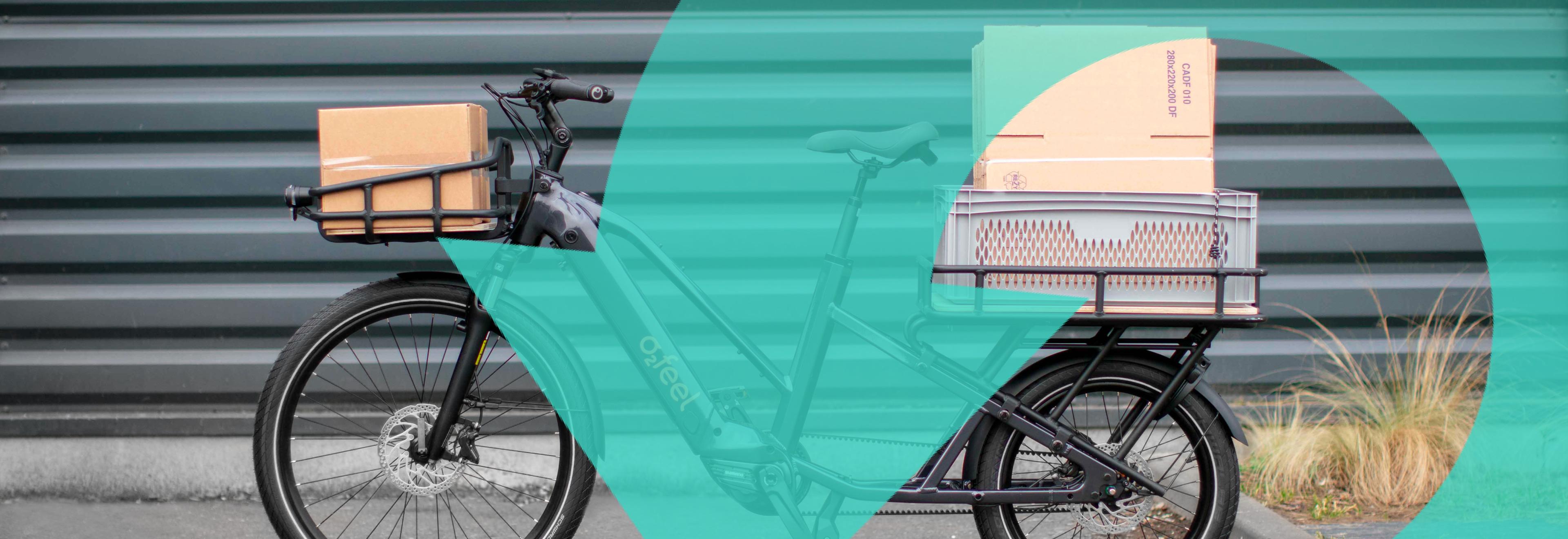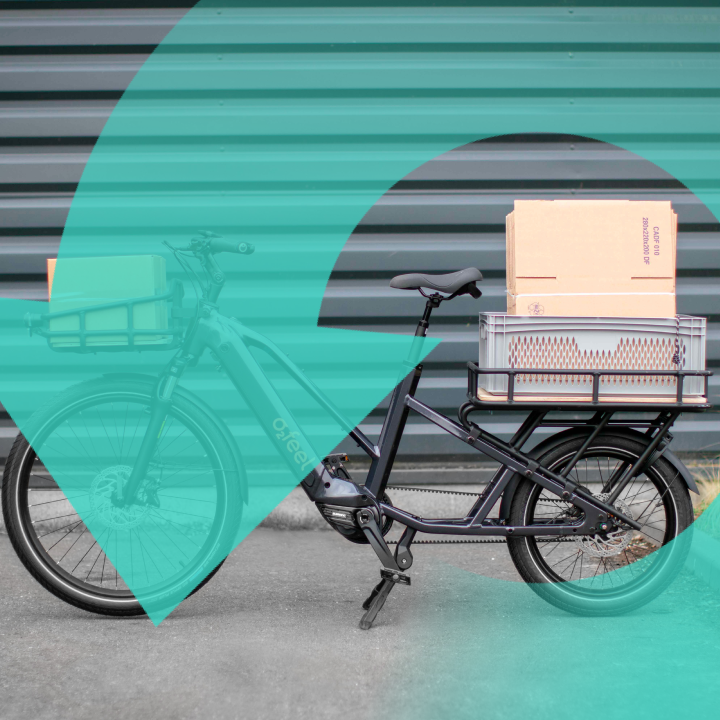Learn & Events
All you ever wanted to know .. and more!

Learn & Events
All you ever wanted to know .. and more!

Learn
General
Financing & Payments
Family eBikes
News
Dutch Cargo Test Centre Now Open in South Austr...
Exciting News: Dutch Cargo Test Centre Now Open in South Australia! We are thrilled to announce the opening of our new test center in South Australia, in partnership with Neutral...
Dutch Cargo Test Centre Now Open in South Austr...
Exciting News: Dutch Cargo Test Centre Now Open in South Australia! We are thrilled to announce the opening of our new test center in South Australia, in partnership with Neutral...
Dutch Cargo Exhibits at MADE.Bike Australia
Exciting News! We’re exhibiting at MADE Australia 2024, the world's largest handmade bike show, debuting at DISC on June 28-29. Come check out the Bullitt bike from Larry vs Harry...
Dutch Cargo Exhibits at MADE.Bike Australia
Exciting News! We’re exhibiting at MADE Australia 2024, the world's largest handmade bike show, debuting at DISC on June 28-29. Come check out the Bullitt bike from Larry vs Harry...
eBike fun for the young at heart
Join Us for an Ebike Learning Event! Are you 55 or older and curious about the benefits of riding an ebike? Discover the joy and ease of electric biking at our...
eBike fun for the young at heart
Join Us for an Ebike Learning Event! Are you 55 or older and curious about the benefits of riding an ebike? Discover the joy and ease of electric biking at our...
Family eBike event
𝗧𝗵𝗲 𝗯𝗶𝗴𝗴𝗲𝘀𝘁 𝗿𝗮𝗻𝗴𝗲 𝗼𝗳 𝗲𝗹𝗲𝗰𝘁𝗿𝗶𝗰 𝗰𝗮𝗿𝗴𝗼 𝗯𝗶𝗸𝗲𝘀, 𝗳𝗮𝗺𝗶𝗹𝘆 𝗯𝗶𝗸𝗲𝘀, 𝘁𝗿𝗶𝗸𝗲𝘀 𝗮𝗻𝗱 𝗰𝗼𝗺𝗺𝘂𝘁𝗲𝗿𝘀.𝗧𝗲𝘀𝘁 𝗿𝗶𝗱𝗲 𝘁𝗵𝗲𝗺 𝗮𝗹𝗹! Join us for Coffee, Cargo & Cake at Dutch Cargo on 𝗦𝗮𝘁𝘂𝗿𝗱𝗮𝘆 mornings on May...
Family eBike event
𝗧𝗵𝗲 𝗯𝗶𝗴𝗴𝗲𝘀𝘁 𝗿𝗮𝗻𝗴𝗲 𝗼𝗳 𝗲𝗹𝗲𝗰𝘁𝗿𝗶𝗰 𝗰𝗮𝗿𝗴𝗼 𝗯𝗶𝗸𝗲𝘀, 𝗳𝗮𝗺𝗶𝗹𝘆 𝗯𝗶𝗸𝗲𝘀, 𝘁𝗿𝗶𝗸𝗲𝘀 𝗮𝗻𝗱 𝗰𝗼𝗺𝗺𝘂𝘁𝗲𝗿𝘀.𝗧𝗲𝘀𝘁 𝗿𝗶𝗱𝗲 𝘁𝗵𝗲𝗺 𝗮𝗹𝗹! Join us for Coffee, Cargo & Cake at Dutch Cargo on 𝗦𝗮𝘁𝘂𝗿𝗱𝗮𝘆 mornings on May...
Test and Try Thursdays in June
Bonjour! Join us every Thursday morning in June from 10 AM to 12 PM for a delightful event that combines French flair with high-quality eBikes. Indulge in delicious croissants and...
Test and Try Thursdays in June
Bonjour! Join us every Thursday morning in June from 10 AM to 12 PM for a delightful event that combines French flair with high-quality eBikes. Indulge in delicious croissants and...
Embrace the Chill: Tips for Riding Your Ebike i...
Winter is upon us, but that doesn't mean you have to hang up your bike for the season. Riding your ebike during the colder months can be a refreshing and...
Embrace the Chill: Tips for Riding Your Ebike i...
Winter is upon us, but that doesn't mean you have to hang up your bike for the season. Riding your ebike during the colder months can be a refreshing and...
Events
Upcoming events
Past events
-
Free eBike Test Event Brunswick
2025-11-22 | Iris the Bakery - 1 Wilson Av Brunswick
2025-11-22
Iris the Bakery - 1 Wilson Av Brunswick
-
Children's Week: Cake & Cargo
2025-10-25 | Melbourne HQ
2025-10-25
Melbourne HQ
-
Celebrating International Day of Older Persons:
2025-10-15 | Hampton Community Centre
2025-10-15
Hampton Community Centre
-
Dutch Cargo in October:
2025-10-02 | Cheltenham Library
2025-10-02
Cheltenham Library
-
Launch Party: Meet the New Urban Arrow FamilyNext Pro!
2025-08-02 | Dutch Cargo HQ
2025-08-02
Dutch Cargo HQ
-
Bubs on Bikes
2025-08-07 | Dutch Cargo HQ & Bricker Reserve
2025-08-07
Dutch Cargo HQ & Bricker Reserve
-
Partnering with Yarra Council to Get More Families Rolling
2025-04-29 | Princes Hill Primary School
2025-04-29
Princes Hill Primary School
-
Dutch Cargo Bike Joins the Sandy Eco Expo!
2025-05-03 | Sandy beach centre
2025-05-03
Sandy beach centre
-
EVENT: Special Needs Edition – Inclusive Biking for All Abilities
2025-03-27 | Dutch Cargo HQ - Moorabbin
2025-03-27
Dutch Cargo HQ - Moorabbin
-
EVENT: Bikes for Business – Smarter Transport for Work
2025-03-20 | Dutch Cargo HQ - Moorabbin
2025-03-20
Dutch Cargo HQ - Moorabbin
-
EVENT: E-Bikes for the Young at Heart – Rediscover Cycling
2025-03-13 | Dutch Cargo HQ - Moorabbin
2025-03-13
Dutch Cargo HQ - Moorabbin
-
EVENT: Bubs on Bikes – Safe and Fun Cycling with Young Children
2025-03-06 | Dutch Cargo HQ - Moorabbin
2025-03-06
Dutch Cargo HQ - Moorabbin





